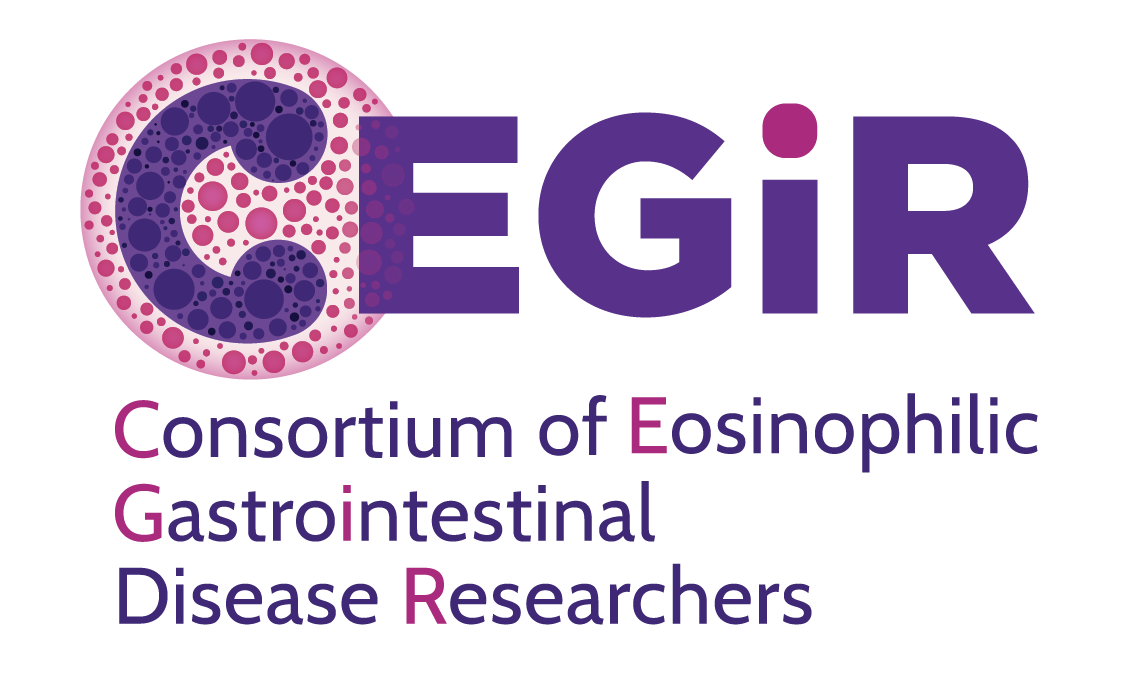7806: Demographics, Clinical Characteristics, and Pathology of Eosinophilic Gastritis, Enteritis, and Colitis in a Multi-Site Cohort
Study Summary
The purpose of this study is to describe the demographics, medical history, and clinical appearances of patients with eosinophilic gastritis (EoG), eosinophilic enteritis (EoN), and eosinophilic colitis (EoC) as well as analyze the information taken during an endoscopy visit to make these diagnoses. The study will also evaluate the treatments used by physicians.
For Diseases
- Eosinophilic gastritis
- Eosinophilic colitis
- Eosinophilic enteritis
Background
Eosinophilic gastrointestinal disorders (EGIDs) are rare diseases and as such, large clinical trials are hard to complete due to the small amount of people with EGIDs. It is important to study many different populations affected by EGIDs to gain a better understanding of these diseases and their causes. The most common and best described of these disorders is EoE. EoE is caused by allergic inflammation of the esophagus and can cause symptoms such as vomiting, diarrhea, stomach pain, weight loss and poor growth, trouble swallowing, and food becoming stuck. If untreated, patients may develop scarring of the esophagus that may require the esophagus to be opened back to its normal size. In many cases, food allergens are the cause and if the food can be removed, the symptoms and inflammation often go away. Some patients may respond to medications such as proton pump inhibitors (PPIs) and swallowed, topical corticosteroids.
Unlike the esophagus, low numbers of eosinophils are commonly found in other parts of the gastrointestinal (GI) tract and are considered normal. However, when a large number of eosinophils are found and patients have symptoms such as diarrhea, blood in the stool, pain, or weight loss, the patient may have EoG, EoN, or EoC. Currently, there are no rules that help doctors correctly diagnose these disorders. Because of this, there might be important differences in the way these disorders are treated.
The research questions are:
- How common are EoG, EoN, and EoC across the United States?
- Are these disorders more common in certain parts of the country?
- What type of patient is affected by these disorders?
- At what age are patients usually diagnosed?
- What criteria did a doctor use to make a diagnosis of EoG, EoN, or EoC?
- What treatments were used to treat these disorders?
About This Study
This is a retrospective chart review study. At each participating site, de-identified medical records will be analyzed to answer the above research questions. Only medical information that is important to this study will be included. Patients that are included will have been previously consented to collect data related to an EGID diagnosis. Patients will not be recruited or re-consented for participation in this study. There are no medical treatments in this study. De-identified, relevant data will be entered into a central database maintained by the Data Management and Coordinating Center (DMCC). Items of interest include demographics, characteristics of disease and treatment patterns, endoscopy results collected at diagnosis, and clinical outcomes.
700 patients at 10 centers across the United States will be reviewed. The estimated time to complete this study is one year.
Who Can Join
This is a retrospective chart review study. We will be reviewing medical record information from participants who are:
- Male or female of any race / ethnicity
- Any age
- Diagnosis of EoG, EoN, and/or EoC. This diagnosis can be made if there are:
- Symptoms such as abdominal pain, vomiting, diarrhea, constipation, blood in the stool, bloating, stool urgency, pain with defecation, heartburn, regurgitation, chest pain, trouble or painful swallowing, choking or gagging on food, food impaction, weight loss, poor growth, or intolerance to foods.
- An endoscopy with biopsies that show increased numbers of eosinophils in the stomach, small intestine, and/or colon.
- No other causes for the increased numbers of eosinophils in the intestines
How to Join
As this is a retrospective chart review study, there will be no recruitment for new participants.

